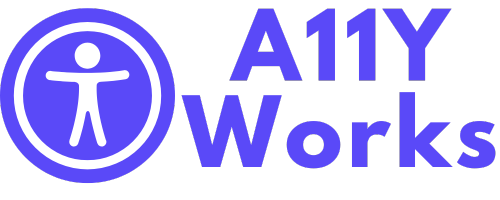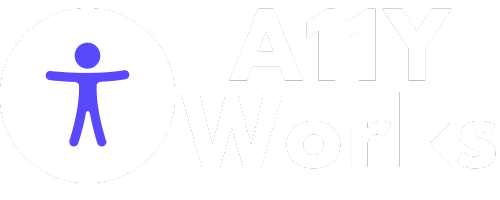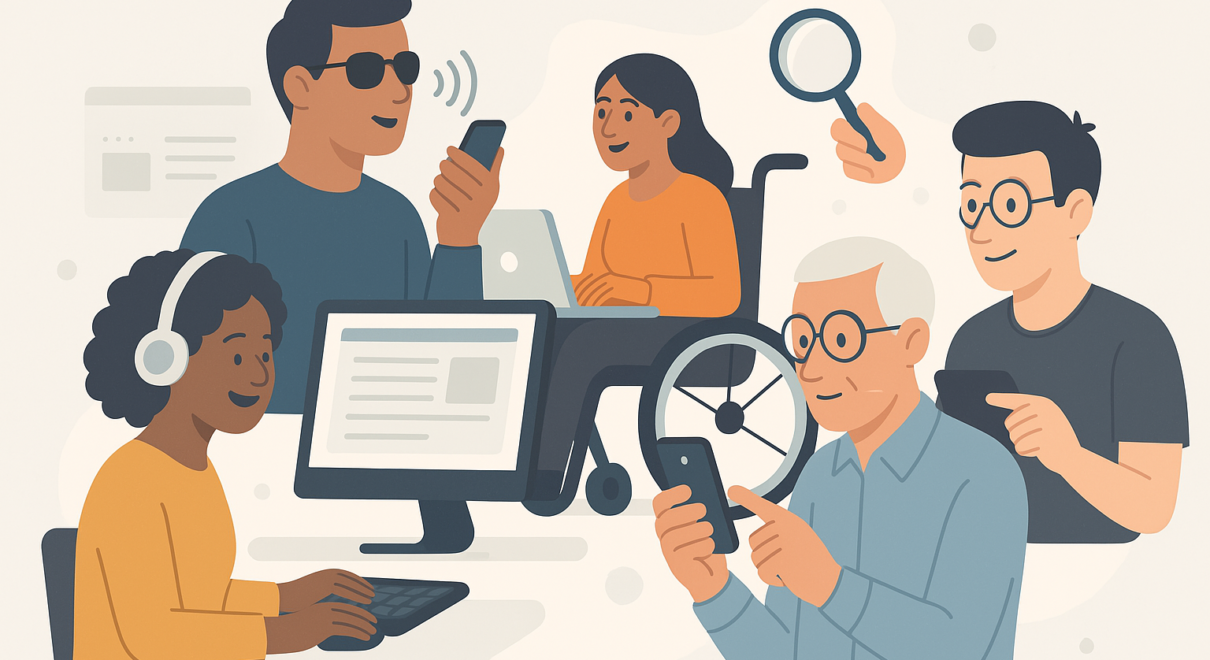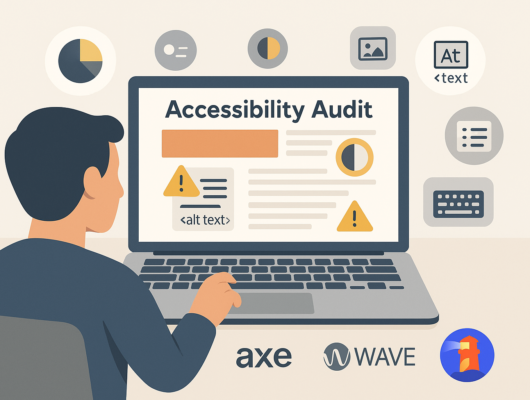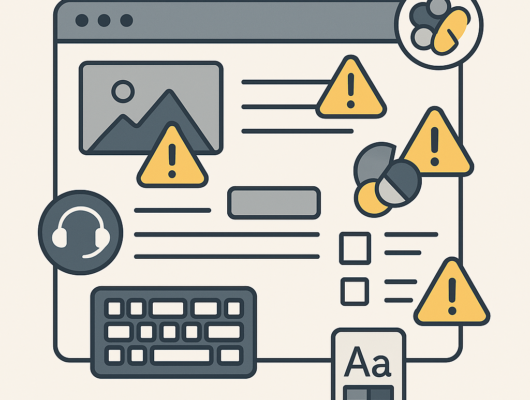When was the last time you thought about how someone with vision loss, limited mobility, or a learning disability might use your website?
Website accessibility is more than just a best practice—it’s a necessity. In today’s digital world, accessibility ensures that everyone, regardless of ability, can access and interact with your content.
In this post, we’ll break down what accessibility means, why it matters, and how it impacts your users, your reputation, and even your SEO rankings.
What Is Website Accessibility?
Website accessibility means designing and developing websites so that people with disabilities can perceive, understand, navigate, and interact with the web effectively.
This includes users who:
- Use screen readers or other assistive technologies
- Navigate only with a keyboard
- Have low vision or are colorblind
- Experience cognitive or learning disabilities
- Have hearing impairments
It’s all about creating a more inclusive digital experience.
Why Accessibility Matters
1. It’s a Human Right
Access to information and services online is a basic right for all. When your website is inaccessible, you exclude millions of people from participating fully in digital life.
2. Legal Compliance
In the U.S., the Americans with Disabilities Act (ADA) and Section 508 require public-facing digital content to be accessible. Similarly, the Web Content Accessibility Guidelines (WCAG) are the international standard used to measure compliance.
Lawsuits for inaccessible websites are increasing each year, and many could be avoided with proactive accessibility work.
3. Better User Experience for All
Accessibility features like clear headings, keyboard navigation, and sufficient contrast benefit everyone, not just users with disabilities. Think: captions in noisy environments or bigger buttons for mobile use.
4. SEO Benefits
Search engines love accessible websites. Descriptive alt text, proper HTML structure, and clear navigation boost SEO rankings and make your content more discoverable.
Who Benefits from Accessibility?
Accessibility helps:
- People with disabilities
- Older adults with changing vision or dexterity
- Users on mobile devices
- People in low-bandwidth environments
- Even search engines and screen readers
In short: everyone.
Getting Started: WCAG at a Glance
The Web Content Accessibility Guidelines (WCAG) are the global standard for digital accessibility. They’re organized around four principles—your content should be:
- Perceivable – Can users see or hear the content?
- Operable – Can users navigate and interact?
- Understandable – Is the content and interface clear?
- Robust – Does it work well with assistive technologies?
Meeting even the basic WCAG 2.1 Level AA can make a huge difference.
Accessibility is not just a checkbox—it’s a commitment to inclusivity. Whether you’re a solo blogger, a small business, or part of a government agency, making your website accessible is one of the most meaningful things you can do online.
Need help getting started? Check out our free tools to begin evaluating your site.
